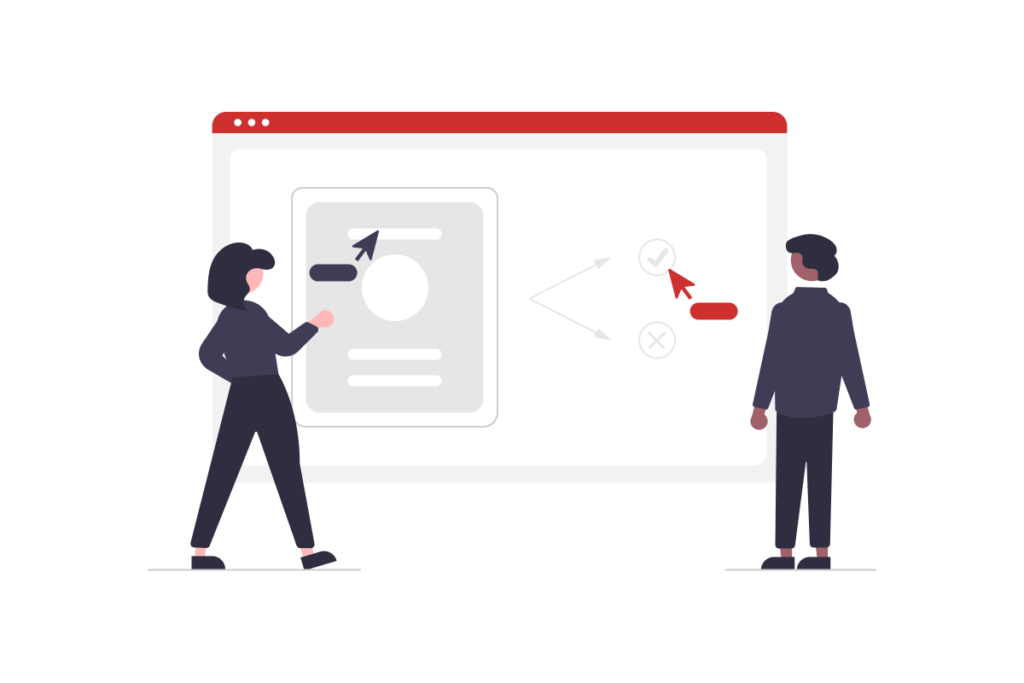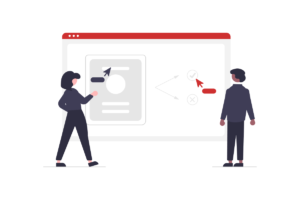Once you have decided to analyze and improve a process, the next question comes to mind: how?
👉 How to detect dysfunctions?
👉 How to identify potential optimizations?
👉 How to find out non-quality or non-compliant activities?
As mentioned in the previous training, we mainly assess the process based on time, cost, quality and compliance.
First, we can rely on quantitative analysis.
About time, we can evaluate the total run time ⏱️ of a process workflow.
Keep in mind that the total run time is equivalent to the execution time plus the waiting time.
About cost, we can estimate the necessary cost for each run.
Traditional methods can be used, such as the Activity-based costing (ABC) method 💲.
Some improvements may also emerge from a qualitative analysis.
Key questions may help to find out non-quality or non-compliant activities:
👉 What is the added value of the process?
👉 What are the expected results of each action?
👉 What are the expected results of each activity and what are the final outputs of the process?
👉 How these outputs impact the customer satisfaction?
👉 What would be the consequences if an activity or the full process is deleted?
We can also study the processes through the concepts of risk ☢️, weakness 🩹 or waste 🗑️.
We try to identify the malfunctions and look for the causes to propose corrective actions.
There are many methods that help the analyst to identify potential improvements.
But it is above all a collaborative work carried out by all the actors involved in the processes.
Who better than the people who carry out the process to criticize it?
The role of the analyst is to ask the right questions.
Improvements can be directly linked to the workflow: to add or delete an action, to modify the triggers to start the run, to change the conditions for starting a group of actions, etc.
But improvements can also be found outside of the workflow:
👉 by making the actors accountable for the execution of their assigned actions
👉 by providing relevant training to the actors involved in the process
👉 by automating repetitive tasks
👉 by promoting coordination and access to information across the organization
The improvement or the full redesign of processes aim to improve the overall performance and efficiency of the company.
⚠️ However, remember that your continuous improvement strategy will also require to take into account the organizational impacts that would result from the improved or redesigned processes.



